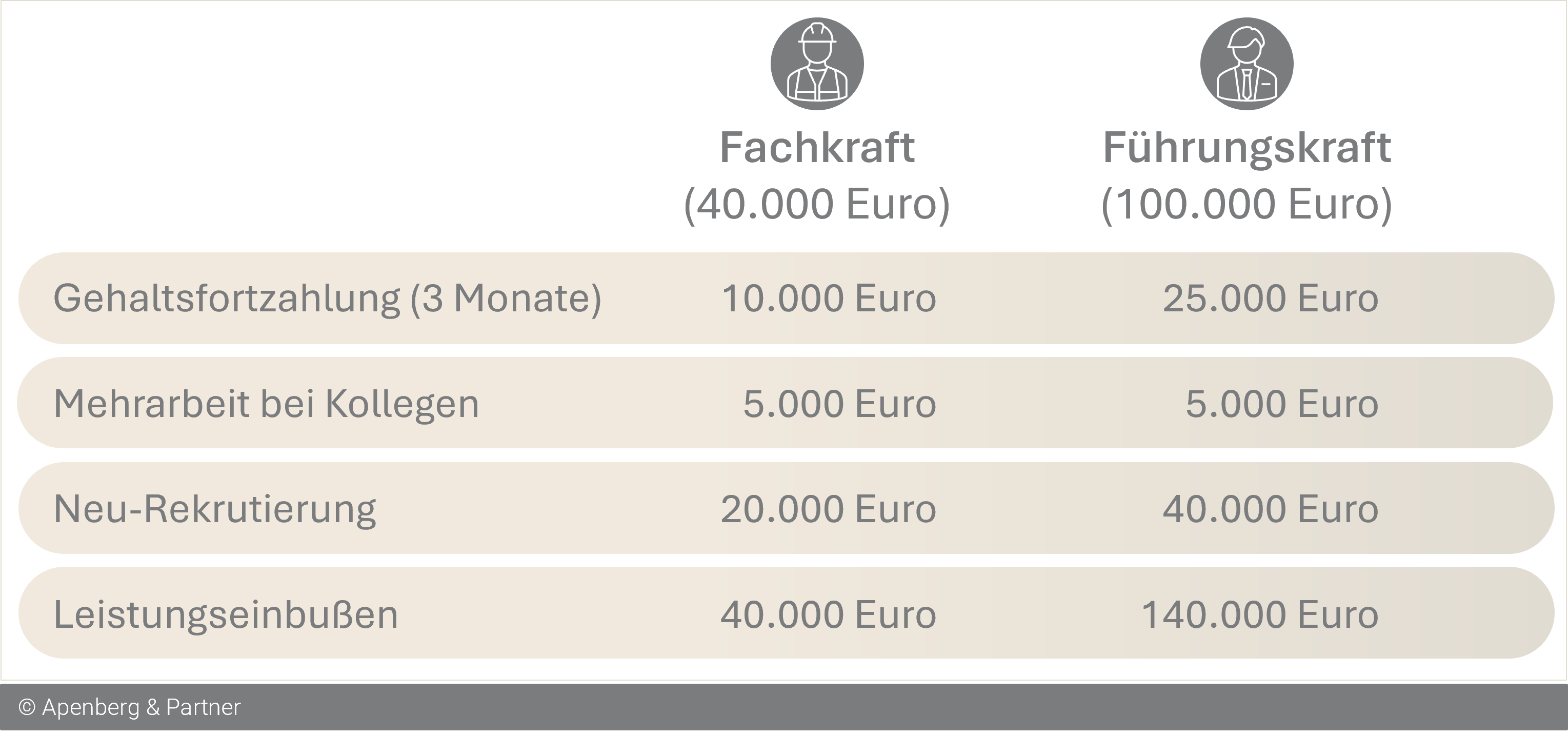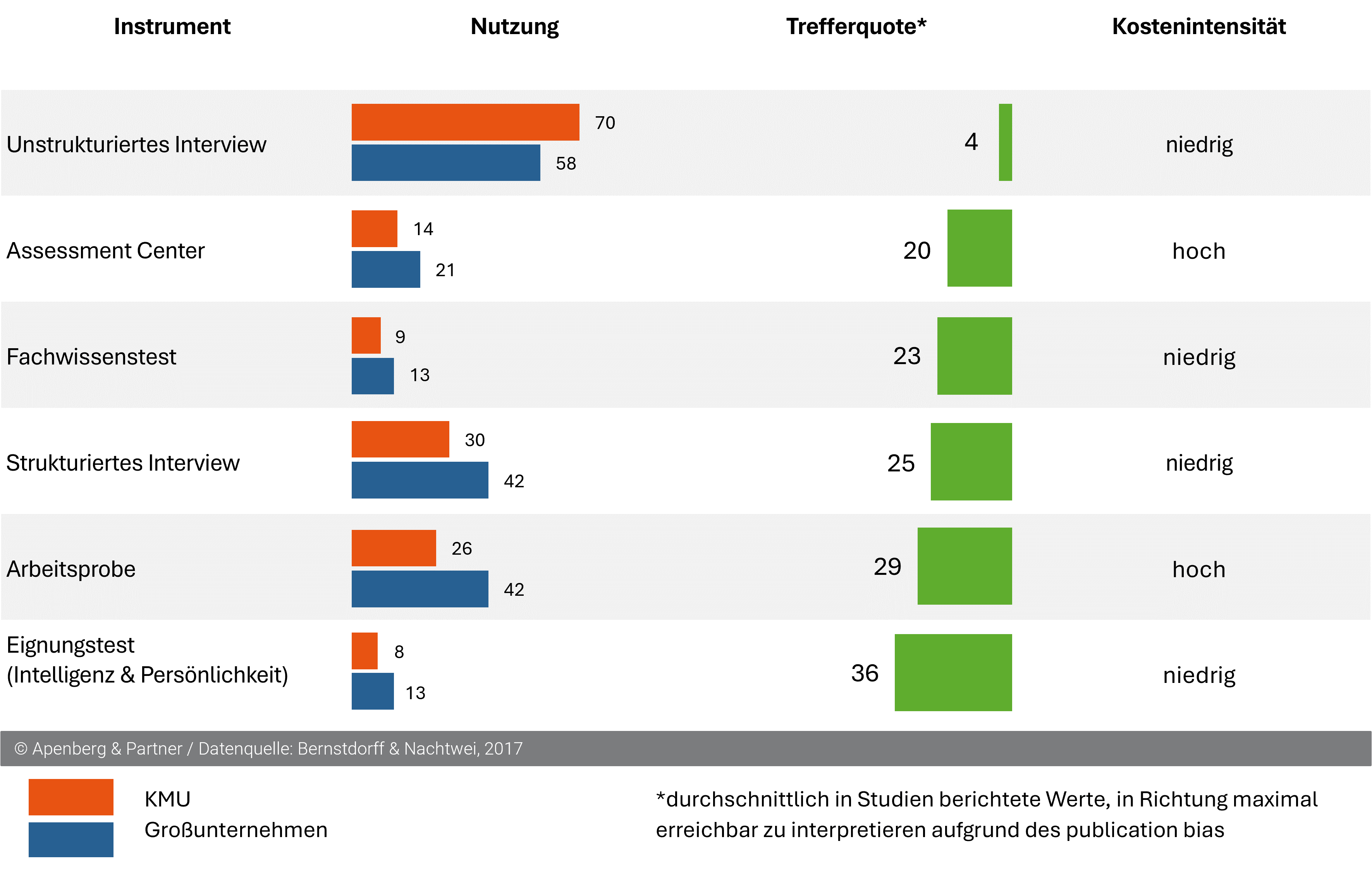When Gut Feeling Becomes Expensive: The Costs of Wrong Hiring Decisions
Many companies invest months in recruiting, training, and onboarding an employee, only to realize later that this person was not the right choice. According to a study by Hay Group, this is not an isolated case: one in three hiring decisions is wrong.
This has negative consequences for productivity, workplace morale, long-term success, and, not least, presents a financial challenge for companies. The costs that arise can be described with the following rule of thumb: the misplacement of an employee costs companies one to two times the annual salary of the person, and for executives, it can cost two to three times the annual salary.

What Are the Causes of This?
Hiring decisions are among the most important tasks in companies, yet far too often, they are made based on gut feeling – the method with the poorest predictive power for professional success. The higher the level, and thus the greater the financial damage from poor hires, the less likely HR professionals are to use valid selection methods. Often, there is only a vague idea of what truly makes a good candidate. In such cases, arbitrary criteria are selected. Typical questions where decisions are made based on guesswork include:
- Which competencies should be prioritized?
- Does leadership ability increase with more leadership experience?
- Are gaps in a CV meaningful?
What research has long shown is that there is no correlation between intuition and the successful prediction of performance. Fundamentally, it can be concluded that aptitude tests, where the personal judgment component is minimal, are far more meaningful than methods like unstructured interviews, where personal judgment plays a larger role. Selection methods that provide a good predictive power (i.e., prognostic validity) with lower costs include structured interviews or aptitude tests that measure personality and intelligence.
In the face of the labor shortage, companies are facing ever greater challenges. Even finding suitable candidates is a significant challenge for many businesses. Identifying the right person for the position is an even greater challenge. Ultimately, hiring decisions should be based on valid selection methods, not made “on gut feeling.” It is important to emphasize that more is not always better. The focus should always be on identifying the specific requirements for a position and thereby achieving the best possible job-person fit. The highest performing person is not always the one best suited for the position.
